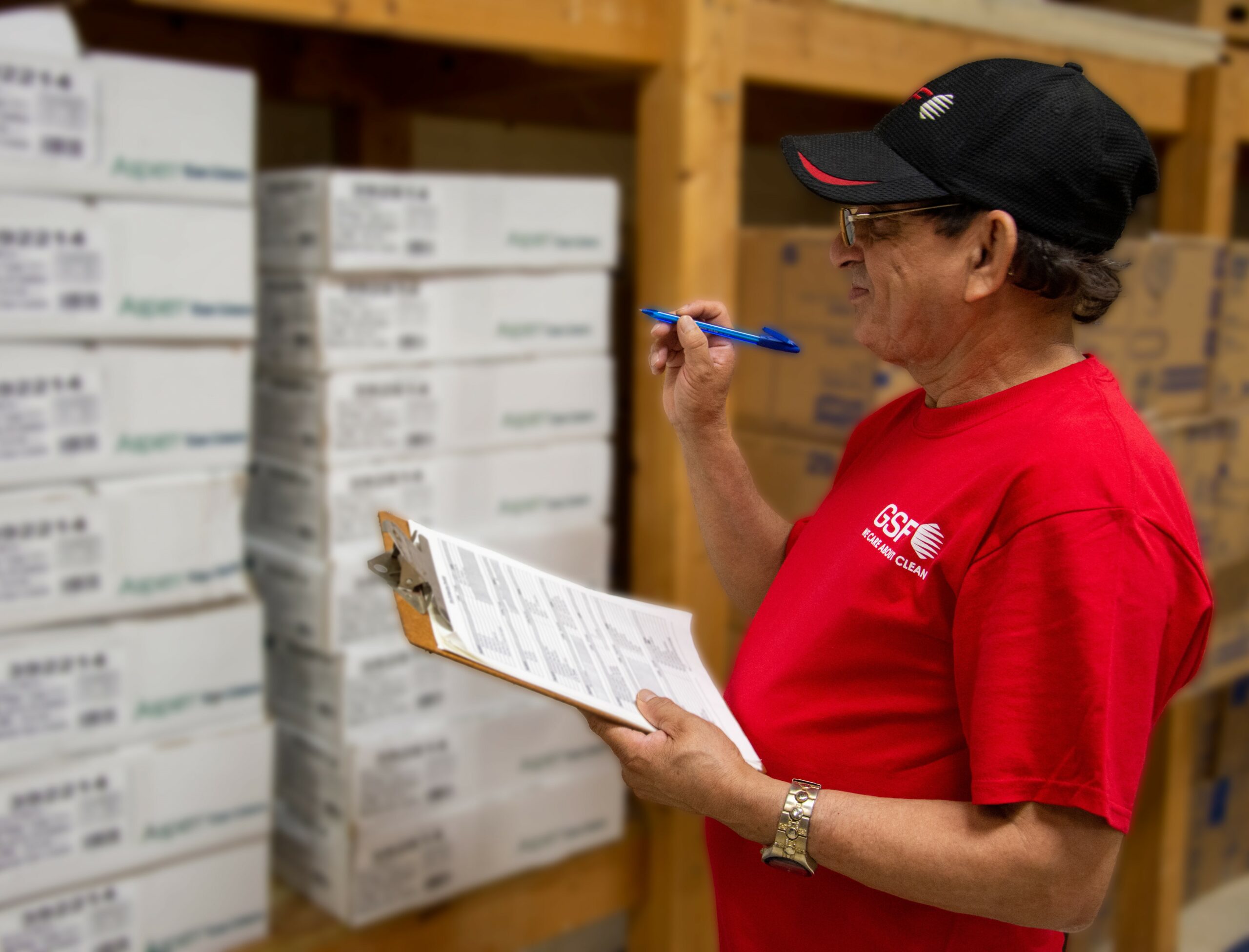Cleaning goes beyond the surface. As mundane as the task may seem, it has a substantial influence on a facility’s hygiene standards. Within the realm of cleaning, complex chemicals and various processes interact uniquely. Understanding how the different chemicals and processes work is pivotal in creating an efficient and effective cleaning regimen tailored to your facility’s needs.
All About Cleaning Agents
When cleaning solutions encounter a surface, it initiates a chemical reaction. That is why understanding the chemistry behind various cleaning agents is crucial. Around 10% of work-related asthma cases are linked to cleaning products, emphasizing the significance of comprehending the composition of the cleaning chemicals you use and their potential impact on facility occupants. It’s important to note that the EPA recognizes products designed to kill viruses and bacteria and possess antimicrobial properties as effective solutions.
The four main types of cleaning agents are neutral, acidic, alkaline and scouring. Neutral cleaning agents are pH-neutral, so they’re safer to use on most hard surfaces. Acidic cleaning agents have strong mineral acids that can remove inorganic deposits. Alkaline agents have the strongest pH bases to help dissolve grease, oils and protein-based substances. Finally, scouring cleaning agents are mixtures of the usual cleaning chemicals such as surfactants and water softeners, as well as abrasive powders. Each of these cleaning agents has different active ingredients for breaking down different types of dirt and grime. Understanding the purpose of each cleaner can help you select the correct one for the job.
There are many choices on the market for cleaning solutions, making it difficult to decide which is best. However, a way to simplify your chemical selection by using electrochemically activated solutions (ECAS). This solution is created with an on-site generator (OSG) that combines water, salt and electricity to create an effective cleaning and disinfecting solution. This generator uses two tanks, with one tank creating a cleaner/degreaser (sodium hydroxide) and the other producing a disinfectant/sanitizer (hypochlorous acid). This product is then easily dispensed into spray bottles, mop buckets and floor care equipment, making it simple and safe for your custodial team.
Different Cleaning Processes
While the terms cleaning, sanitizing and disinfecting may appear interchangeable, they differ in their definitions and objectives. Cleaning involves physically removing most germs and dirt from surfaces, a crucial step that should be routinely taken before sanitizing and disinfecting. Sanitizing aims to reduce germ counts on surfaces to a safer level, whereas disinfecting kills any remaining germs from cleaning. The disinfecting solution is the most potent agent to help lower the risk of illnesses spreading within your facility.
Green Cleaning
It’s also important to understand the impact your cleaning chemicals have on people and the environment. According to the American Journal of Industrial Medicine, between 17% and 21% of custodians reported issues such as eye irritation or breathing problems due to the cleaning products they use. To help minimize these risks, opt for products certified by a reputable third-party organization such as Green Seal. This certification guarantees the products are both environmentally sustainable and safe for your custodial staff to handle.
Delving into the science behind cleaning processes can elevate their cleaning standards, helping ensure a safer and healthier environment for all.
At GSF USA, we understand the science of cleaning and use ECAS when possible. For more information, contact our offices here.

